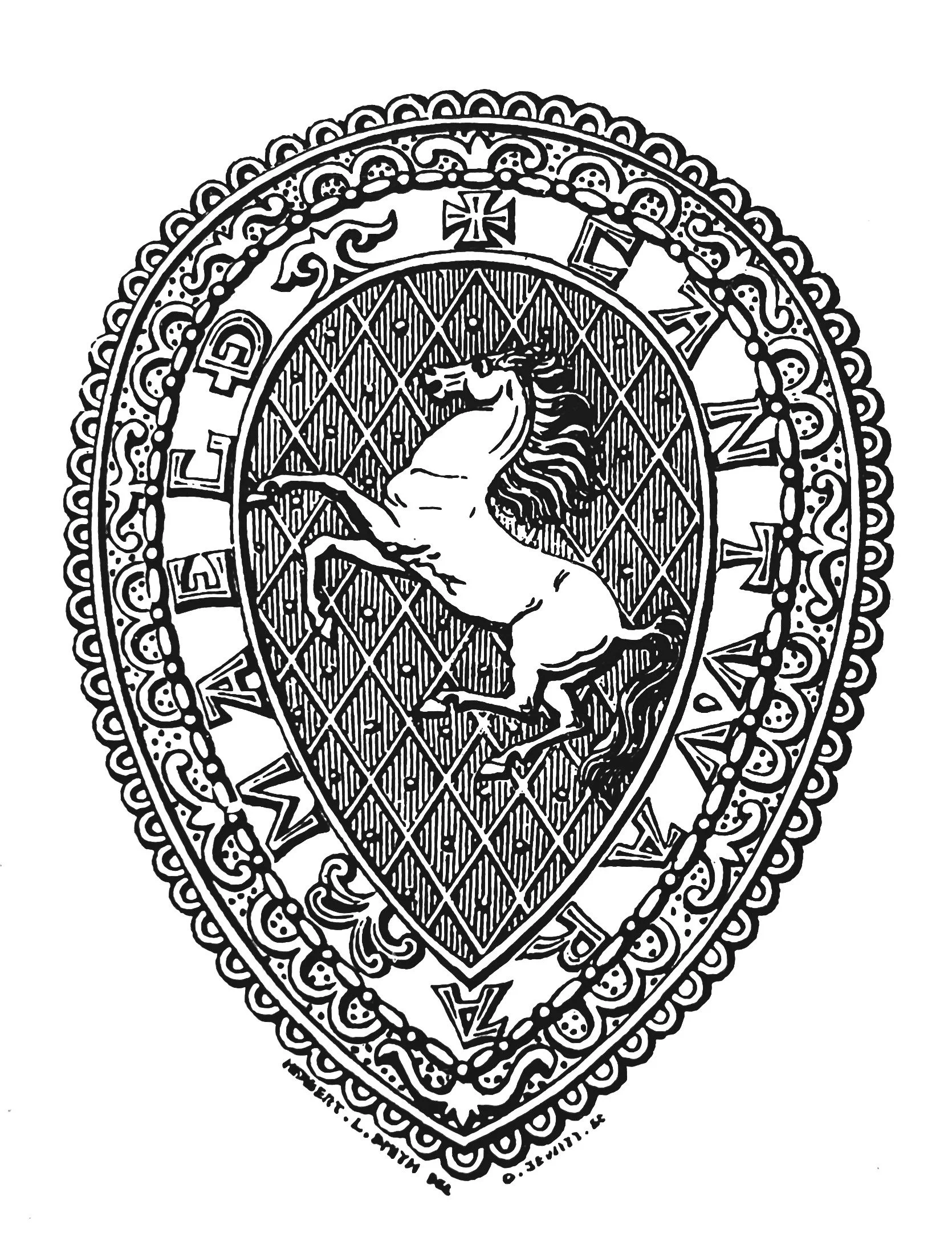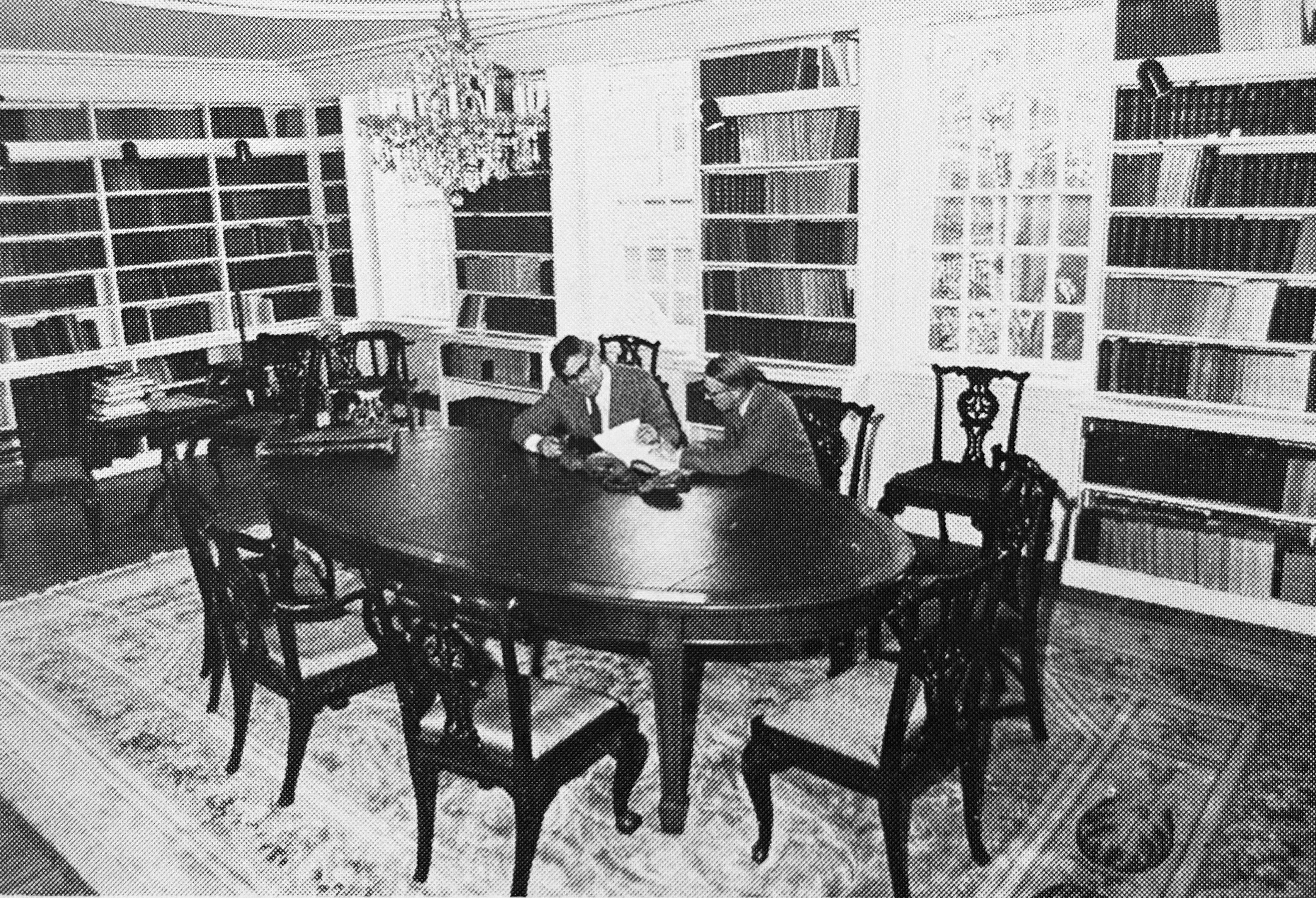
KAS Newsletter, Issue 5, Winter 1984
Oldbury Hillfort excavation, society's year in review, lectures, excursions, new books, and local studies library.
Contributions to the next issue are welcome. See the guidance for contributors and contact Editor Craig Campbell.
Search page
Search within this page here, search the collection page or search the website.
Previous
Previous
A modern site at South Foreland
Next
Next







